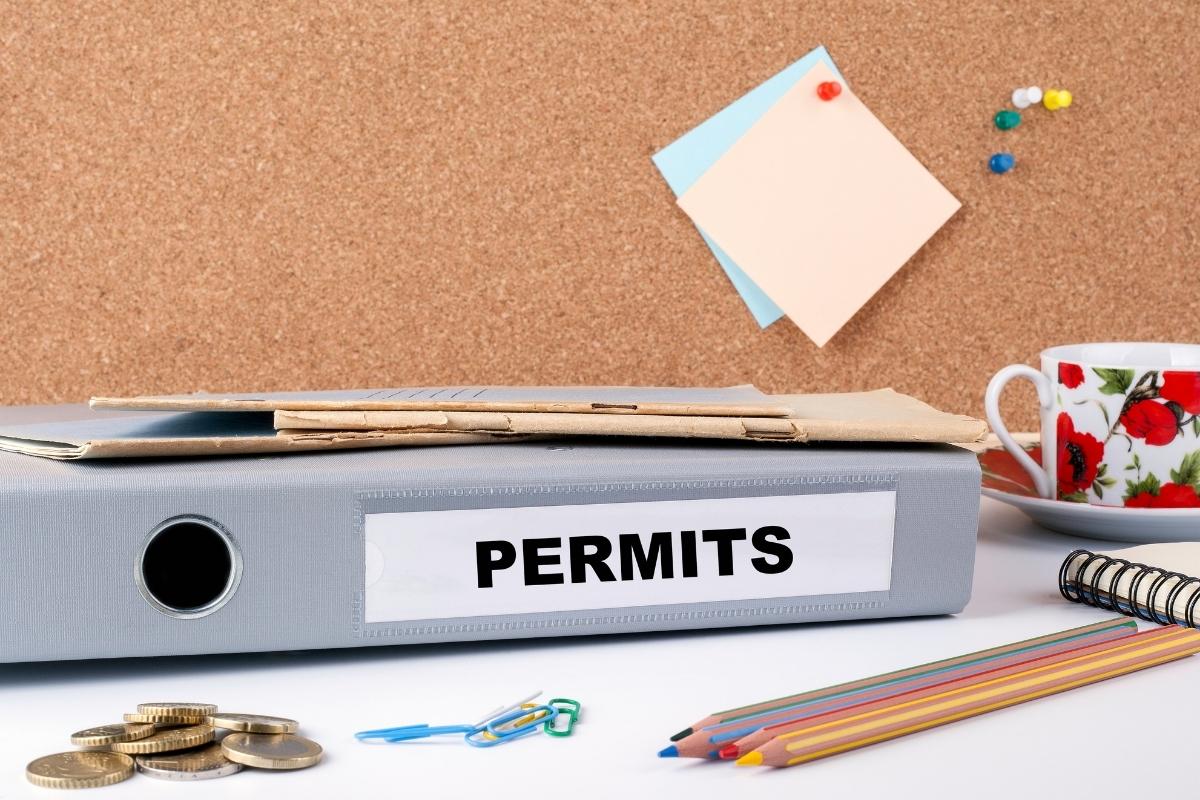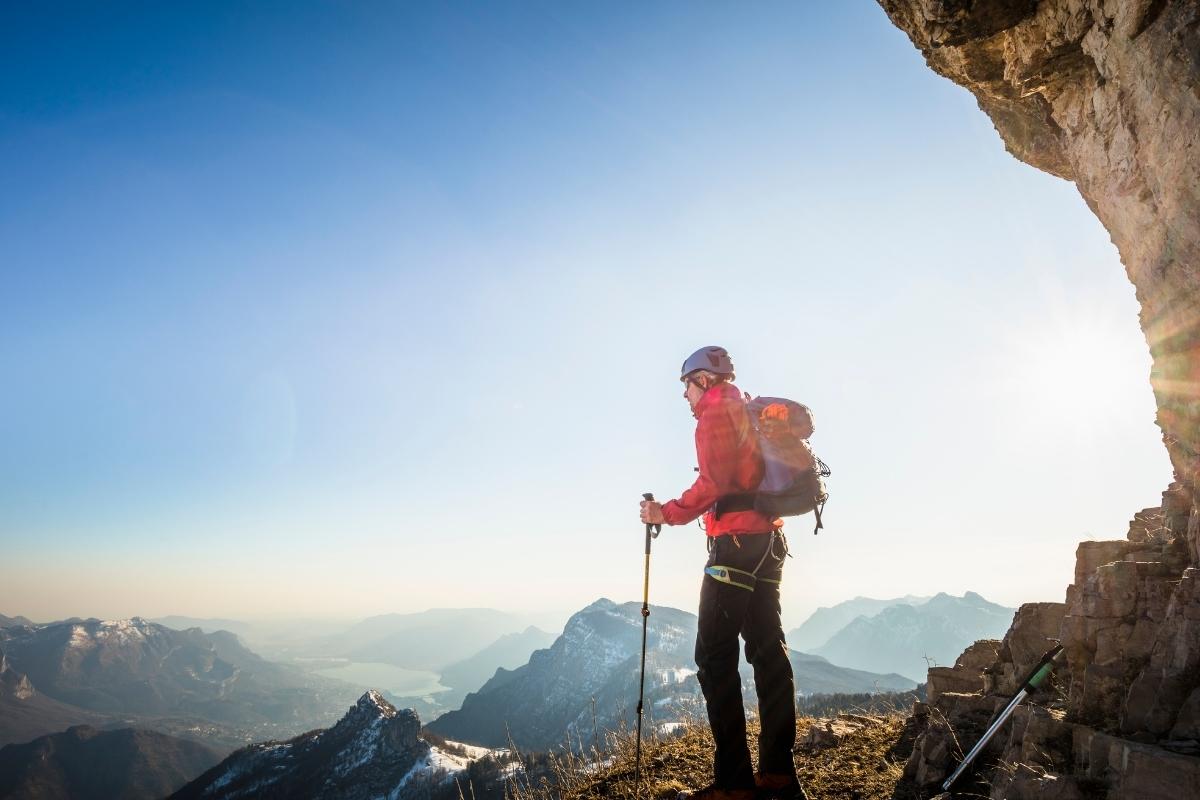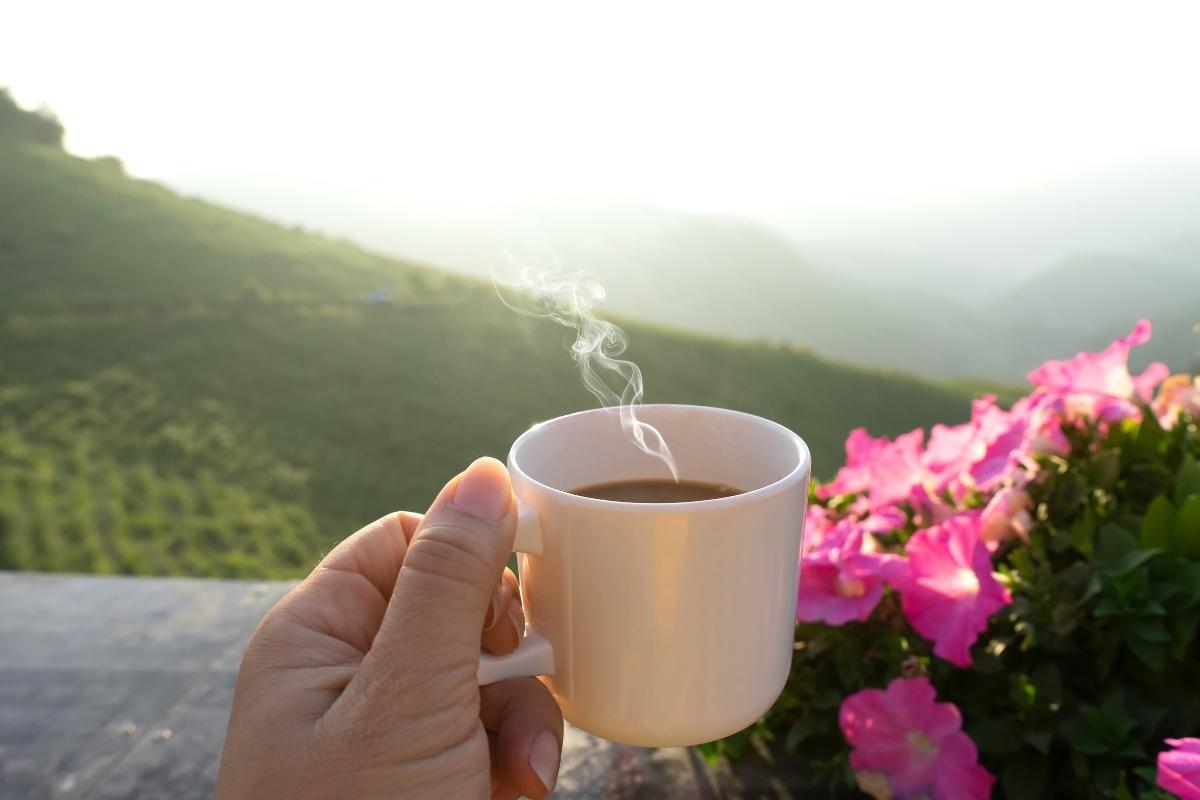How much does the Everest Trekking Permit cost?

A new permit system has been put in place in the Everest Region as a result of decentralization. A Trekker's Information Management System (TIMS) Card is no longer necessary. This new local entry permit has completely replaced the previous trek permit in Khumbu, which was the subject of much debate and controversy.
Nepal had to implement some protective measures to protect this area because it is one of the most well-liked tourist destinations worldwide. Thus, the region's necessary permits.
The Everest Base Camp Trek Permits are a crucial safeguard for the region and a viable alternative to keeping track of all activities that take place there. Additionally, the price of an Everest Base Camp Trek Permit varies depending on a person's nationality.
The Everest Base Camp Permits Costs are explained below:
Sagarmatha National Park Permit
You will need to present your Sagarmatha National Park Permit when you get to the National Park's entrance gate in order to enter the area and proceed. In the national park, you can see exotic and endangered biodiversity, mountains, and protected species of plants and animals.
The price of the Everest Base Camp Permit varies depending on the person's nationality. The details of the Sagarmatha National Park Permit are provided below:
- Permit Cost for Nepali citizens- NRs 100 per person
- Permit Cost for SAARC Nationals – NRs 1500 per person which is approximately USD 15
- Permit Cost for Foreigners – NRs 3000 per person which is approximately USD 30
The trek permits like this one are also prepared by your trekking company so you don’t really have to worry much about the process of the permit.
Khumbu Pasang Lhamu Rural Municipality Entrance Permit
Khumbu Pasang Lhamu Rural Municipality Entrance Permit is a significant additional Everest Base Camp Permit expense. One of the first permits you will need in order to start your Everest Base Camp Trek is this one. To enter, you must show proof that you pose no danger to the people of the Khumbu region.
You must have an entrance permit from the Khumbu Municipality in order to enter the region. Regardless of nationality, everyone must pay the same amount for an Everest Base Camp Permit. For entry into the Khumbu region, every foreign visitor must pay NRs 2000 per person.
Gaurishankar Conservation Area Permit
Depending on your itinerary for the Everest Base Camp Trek, you might also need the Gaurishankar Conservation Area Permit in addition to the first two permits mentioned.
You require this additional permit if you intend to trek from Jiri to Everest Base Camp. Your per-person cost for the Gaurishankar Conservation Area permit is NPR 3000, or about $30.
How much should I pay for a guide and porter for the Everest Trek?

It is more typical to hire a porter and guide in Kathmandu than to embark on this trek. For the Everest Base Camp trek, hiring a trekking guide is a secure, economical, and adaptable way to maximize the trek. A good guide can ensure safety, ensure that you understand the terrain and mountains better, get you in the permit line, and handle emergency situations.
While some companies in Kathmandu arrange for you to meet your guide in Lukla, others would rather send a guide out to meet you. If this is the case, you will be responsible for the guide's flight; Nepalese citizens can fly for $100 less on the return leg. Your guide does not require payment for food or lodging because they can get these for free at the tea house.
Additionally, we get inquiries from customers who want to know if climbing Everest is only possible with a porter. Yes, this is doable, that much is clear. However, due to the cost of food and insurance, hiring a porter is not all that much more expensive than hiring a guide. The cost of hiring a porter for the Everest trek would be about USD 20 per day, inclusive of food, lodging, and insurance. Similar to this, we are frequently asked to create an itinerary that includes a guide. This would cost about USD 25 to USD 30 per day.
Going with a professional guide is highly advised for safety reasons because you can be sure of their experience and the rigorous training they underwent to obtain their license. This depends on you, of course.
What to expect from a guide with The Himalayan Odyssey?
Because we take your security and safety seriously, we make sure that each of our tour guides has undergone the necessary professional training and has been granted a government license.
- Most of the qualified guides we offer are from the Himalayan region and were raised there. As a result, they are very familiar with these mountains.
- You can trust that all of our guides have experience in this environment because they visit Everest at least five to seven times annually.
- The majority of our guides are young but very knowledgeable and experienced. They are able to converse in English very well, and in some cases, in other languages too.
- The reviews we've gotten from our previous customers are positive for all of our guides.
- Each of our tour guides has strong connections with the locals and proprietors of the teahouses they pass through.
The cost of transportation for the Everest Trek
.jpg)
The Everest trek has connections by road and air, as one might anticipate in an area off the beaten path. You can take the thrilling flight from Kathmandu directly to Lukla. Additionally, you can ride a bus to Jiri and walk for two days to get to Lukla. Taking a local bus costs less than USD 20 per person to get to Lukla. The price for the private jeep option is about USD 200 for each direction. The cost of the one-way flight to Lukla is approximately USD $150.
What is the difference between a local jeep and a local bus for an ebc trek?
While what is referred to as a local jeep in Nepal is more akin to a van than a bus, local buses from Kathmandu are larger and have more capacity. These are frequently crowded, have fewer seats, and are smaller seats. The main distinction between a local jeep and a local bus is that!
So what should you expect from the local bus/jeep ride?
- You should get ready to squeeze into a small seat (if one is available).
- Be prepared to share the space because a 30-capacity bus miraculously expands to accommodate 50 or more passengers.
- The local bus to Jiri only leaves early in the morning each day at 7:00 am and 8:00 am, so plan to be at the local bus station at least 30 minutes before departure time.
- Because the ride will be extremely dusty, be sure that your luggage is completely enclosed in a bag cover or large plastic bag.
- Wear dark-colored clothing as well, and by all means, don't forget to cover your face with a scarf, hat, or sunglasses. Take water with you.
- In the middle of the trip, the local bus will stop for a restroom break and a lunch break.
- The ride will be very scenic, passing by rivers, gorges, valleys, snow-capped mountains, lush hills, and rice terraces on the right side of the bus.
What to expect from a private jeep
For those who don't want comfort as a top priority, a private jeep ride might be an alternative. This is probably a better choice if you have some other hikers to share it with. However, a private jeep does not have all the bells and whistles you might anticipate, so please be aware of that. This won't be a high-end, luxurious 44 car with all the bells and whistles. First off, it won't likely be a brand-new model. It will be between five and ten years old and has traveled plenty of mountain roads.
You shouldn't count on it to always be a fully functional air-conditioned jeep. The majority of the private jeeps that travel on this stretch of road lack air conditioning. This is due to the need for high power due to the mountain road's combination of altitude and difficult terrain. The driver won't turn on the air conditioning out of concern for safety and to prevent the vehicle from breaking down. So even if you hire a private jeep, you should anticipate it to be dusty and muddy. Just make sure the windows are working properly because that is the only thing keeping you from arriving at your destination completely covered in dust.
The advantages of having a private jeep in between Kathmandu and Jiri are:
- Private jeeps can move more quickly than a neighborhood bus. This is due to the fact that local buses make frequent stops for passengers.
- In terms of comfort, a private jeep offers enough space for your legs and secure storage for your luggage.
- With a private jeep, you can stop wherever you want for lunch, snacks, and scenic vistas along the way.
- The time of departure from Kathmandu is also negotiable.
How much is the cost of food on the EBC Trek?
.jpg)
There are fewer menu options and higher average food prices in Nepal's crowded Everest region compared to Kathmandu. It should be common knowledge to those who have visited other base camps in Nepal that the price of food rises with altitude. This is due to the fact that transportation becomes more difficult the higher the elevation, especially in remote areas. You can only imagine the amount of labor that goes into making each soup you will eat in the area considering that supplies are transported by men and mules all the way up to base camp. Budget between USD 18 and USD 21 per day, or approximately USD 5-7 per meal. Obviously, this depends on your appetite and the drinks you consume. Furthermore, breakfast is typically less expensive than lunch and dinner.
What to expect from food in the Everest region
Since food is one of life's essentials and Everest is located in Nepal's high Himalayas, you should make sure to purchase it in Kathmandu before setting out on your trek because continental food options may be scarce.
- Each teahouse offers a restaurant with (pseudo) continental food, which you can choose from the menu.
- Vegetables served in teahouses are typically grown in the establishment's own fields. This is typically organic and beneficial to your health.
- Not all settlements sell meat. Please be aware that there is hardly any beef in this dish. If they do, you should ask your guide if they just ordered something fresh.
- You won’t find teahouses anytime you are hungry. So please pack some chocolate or energy bars for the trip for that extra boost.
- “Dal Bhat power for 24 hours” You are free to eat as much rice as you want of the most popular Nepali dish. You need carbohydrates for that hike, so rice is a good choice!
- Please use extreme caution when purchasing local food or drinking water, even though it is generally clean.
How much is the cost of tea houses (accommodation) on the Everest Trek?
.jpg)
Since teahouses have begun to appear, I can assure you that finding a place to stay in Everest is not difficult. It is well known that the recent earthquake in the Everest trek region has had an impact on the trail and that many of the neighborhood homes, including the teahouses, were damaged. The region has since recovered and the trail and teahouses have been rebuilt, along with the rest of the country. All tea houses are open once more, and trekkers can be served at any time with no problems. One twin-sharing room typically costs between USD 6 and USD 9 per night.
What to expect from accommodation in the Everest Region?
You will eat next to where you sleep? In the Everest Region, there are typically plenty of teahouses available for lodging, but please be aware of the following:
- Throughout the trek, simple private rooms with shared bathrooms are typically available. However, during peak season, you might have to share a room with other trekkers.
- Bring a sleeping bag with you. Although beds, blankets, pillows, etc may be provided. A sleeping bag is a necessity because the weather could be extremely chilly.
- In each teahouse, extra blankets are available without charge.
- The communal dining area will have warm heaters or an open fire, but only when dinner is being served.
- Please remember to bring wipes or toilet paper with you because the restrooms are very basic.
- Do not bargain! The prices on the menu are set!
- Please ask before entering the kitchen.
- Teahouses typically charge extra for hot water for bathing or for charging electronics like cameras and phones. You might want to bring a solar battery or a power bank with you.
How much is the cost of drinks on Everest Trek?

Tea and coffee are relatively the same prices as in other mountain regions, but they are slightly more expensive. This is due to the high cost of food transportation in this area, where they rely on planes or yaks.
A cup of tea – USD 2.5- 4
A cup of coffee – USD 3 – 5
A bottle of beer (600ml) – USD 5-8
A bottle of water/soda – USD 2-5
Drinking water in the Everest Region
- In each settlement, bottles of water can be purchased for about NPR 200 (USD 2) at lower elevations and NPR 400 (USD 4) at higher elevations.
- To save money, most hikers use water filters, drops, or tablets for purification.
- During the day, you don't need to carry any more water than one or two liters. The water source is typically reachable after one to two hours of walking.
- In comparison to the city, the water in the mountains is typically drinkable and is less polluted. Locals and your guide will be seen drinking this water without any problems.
- Bring a water bottle that can hold both hot and cold water with you at all times.
Conclusion
As you may have concluded from your research, various businesses publish varying prices for the Everest Trek. Given the relatively wide cost range and the difficulty in determining which company to trust, this is probably very confusing. Before making a decision, you should do some research if you're considering the Everest Trek.
For instance, the cost of the same package may be reduced by a third if you check with a local travel agency in Nepal as opposed to trying to compare the prices offered by international travel agencies, where the charges may be over USD 2,000. Since everyone sleeps in the same category as teahouses. There are no five-star tea houses in the mountainous area. Additionally, you are guaranteed to receive the same caliber of food.
A rough estimate for the cost of a full-board Everest package for 14 days is between $1100 and $1550 per person. The price will drop to USD 600 or USD 850 per head if you decide to pay for your own food and lodging and only request the necessities from the local travel agency (such as a guide, porter, permit, and transportation).
Please don't hesitate to get in touch with us if you believe that our knowledgeable staff and local guides are a good fit for your requirements. I believe I was able to address the majority of your online search queries. Please feel free to write and ask me a question in the comment section below if I missed anything.




.jpg)
.jpg)
.jpg)

